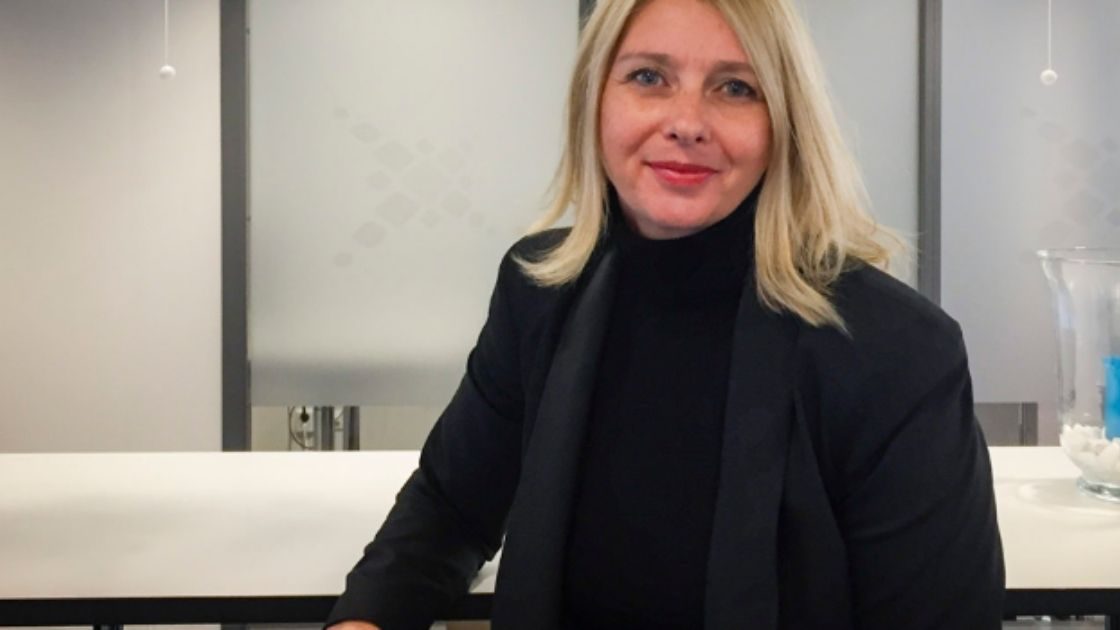Climbing The Innovation Spiral

There is an ongoing efficiency movement sweeping across the industry. Faced with tougher markets, companies are doing what they can to cut costs without compromising quality.
Even so, new demands for cost reductions continue to emerge.
Tougher times mean that we have to think along new lines. For companies, this means revisiting their business models to face up to the challenges. From top management down, processes must be in place to reduce costs where possible, decrease organisational complexity, digitalize the enterprise and optimize systems and routines.
Make best practice daily practice
This cost-cutting necessity is particularly evident in the oil & gas and maritime industries, but is also impinging on other adjacent and more remote sectors. Other industries need to be prepared. Fortunately, we have a history of dealing with challenges through invention and innovation. Parallel to the wave of efficiency and cost reduction, we see innovation rolling across the industry. Companies and top management are rethinking how they work in the long term and on a daily basis – and how they get the most out of their competence.
To stay ahead in this highly competitive environment, CEOs need to make sure that best practice becomes daily practice. Changes to the companies’ business models will – and must – affect all employees. The reduction of manual operations through digitalization and automation does not necessarily mean staff reduction. But it does involve getting the most out of each individual employee’s competence from the lowest possible resource input.
A new client-supplier relationship
One consequence of this trend of innovation and efficiency is that companies are seeking to decrease their number of suppliers. More and more they are looking for suppliers that offer the whole range of services within their fields of expertise. This does not simply mean that they are looking for a ‘one-stop-shop’ provider of services. Instead, we see an increasing demand for suppliers who can take the role of a partner actively contributing to these business processes.
This movement is not one-way street. As suppliers get more involved in their clients’ business operations, clients get more involved in their suppliers’ development of services and solutions. This disintegration of the traditional client-supplier model lifts the cooperation to another level – one that benefits both client and supplier. The client gets the best possible value for money, a tailor-made set of services and direct access to the supplier’s expertise for business and product development. The supplier has its finger on their client’s pulse, understands their needs and can work to develop services and systems to meet and predict the expectations of the market.
Operational excellence in a new era
The result is a new client-supplier relation that continuously works to develop and improve products, systems and ways of working on both sides – an ascending spiral of innovation. Applied to the field of training and HR, we experience a constant journey to refine the entire range of services from training and eLearning to payroll, crew and employee management. At the end of the day, this helps companies do what they must always strive to do: get the most out of their people, in the most cost-efficient way, without ever compromising quality or safety. This, ultimately, is the key to operational excellence in this fast-moving era of innovation.
About the Author

Siren Berge - VP Operations, Mintra Group
Siren Berge has extensive experience from the software and maritime industry. She was CEO of OCS HR from 2014 until the merger with Mintra in February 2016.
Insights & News
At Mintra, we're so much more than just a team—we're a force driving innovation and excellence in maritime training across Europe.
We’re excited to be taking the stage at one of Europe’s leading showcases of organisational learning.
We are delighted to share the exciting news that our People and Culture team has been shortlisted for the prestigious cHeRries Awards!